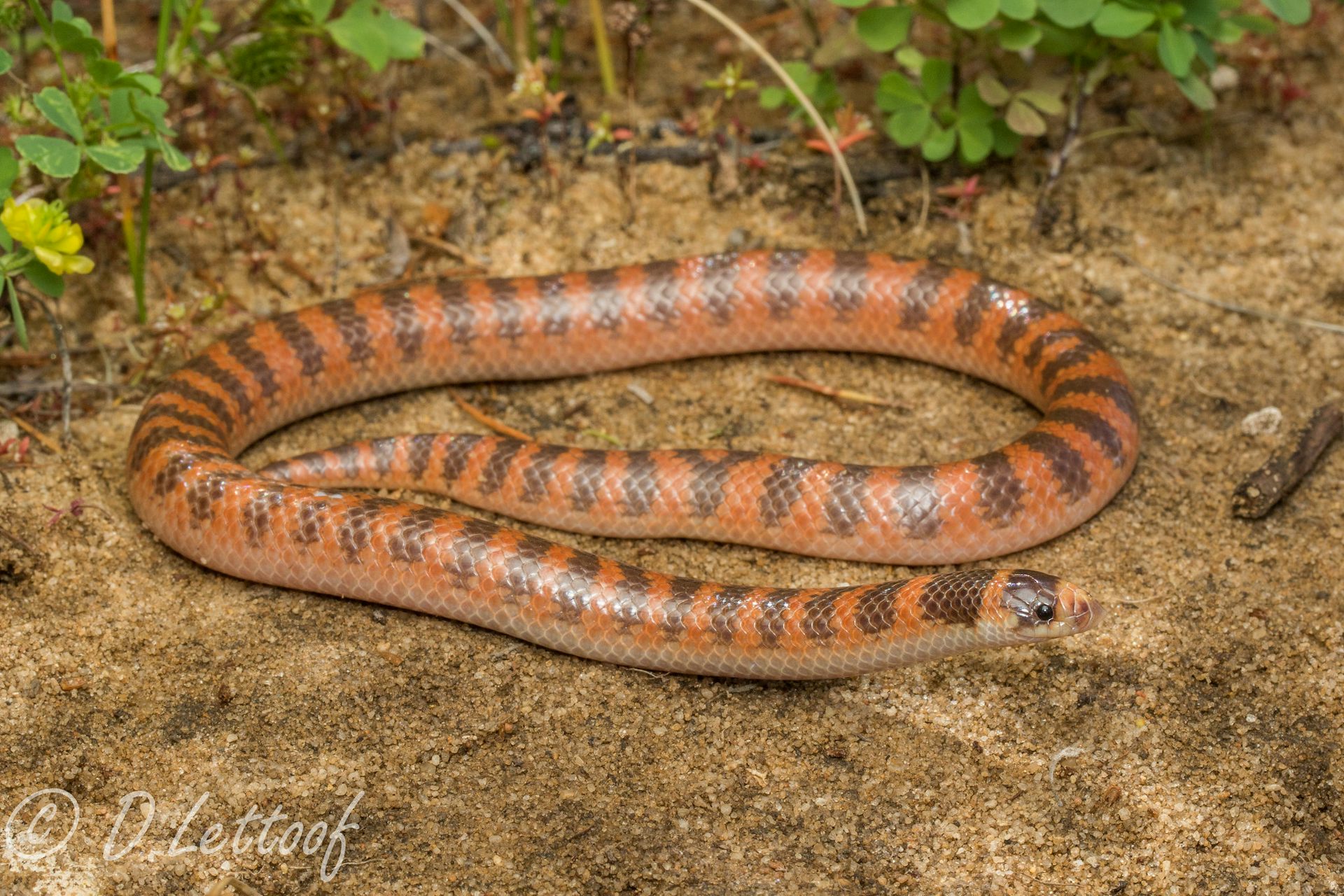Introduction
When it comes to venomous serpents, Australia is home to some of the most fascinating and unsafe varieties in the world. Amongst these, the Tiger Snake attracts attention not just for its powerful poison yet additionally for its appealing actions. Understanding the behavior of venomous snakes like the Tiger Snake is essential for both wildlife lovers and those staying in locations where these serpents are present. This article explores different facets of Tiger Serpent behavior, environment, identification, precaution, and emergency treatment practices in instance of a snake bite.
Understanding the Actions of Venomous Snakes Like the Tiger Snake
The Tiger Snake, scientifically known as Notechis scutatus, is well-known for its hostile nature when endangered. These serpents display a series of habits that can be fairly different from their non-venomous equivalents.

Characteristics of Tiger Snakes
The Tiger Snake is quickly identifiable due to its distinct bands or red stripes that appear like a tiger's markings. They can vary in color from yellowish-brown to dark olive or black. This pigmentation offers not just as camouflage however likewise as a caution signal to potential predators.
Adaptability to Environment
One exceptional element of their habits is their versatility to various environments. Located primarily in seaside areas, marshes, and wetlands across Australia and Tasmania, they can prosper in varied habitats including city locations.
Hunting Techniques
Tiger Serpents are ambush predators primarily feeding upon fish, frogs, and small mammals. They have keen vision and an intense sense of odor which aids Envenomation them in finding target effectively.
Venom Composition
Their venom has neurotoxins that impact the nervous system, causing paralysis or death in smaller sized pets. For people, immediate medical focus is crucial after a tiger serpent bite because of its potentially lethal effects.
Natural Habitat of Tiger Snakes
Preferred Locations
Understanding where these serpents live sheds light on their behavioral patterns. The tiger snake habitat includes:
- Coastal regions Swamps Grasslands Urban locations with bountiful water sources
Seasonal Movements
During warmer months, Tiger Snakes are extra active as they bask in sunlight or hunt for food. In contrast, cooler months see them retreating right into hibernation sites.
Are Tiger Snakes Venomous?
Yes! The Coastal Taipan inquiry "are tiger snakes poisonous?" typically arises amongst those not familiar with this species. Their poison is considered among the deadliest among all snake varieties worldwide.
Symptoms of a Tiger Snake Bite
If bitten by a tiger snake, symptoms might include:
- Localized pain Swelling at the bite site Nausea and vomiting Sweating and confusion
Immediate clinical aid is essential as without treatment bites can result in extreme health issues or even death.
First Aid for Snake Bites: Quick Action Guide
Knowing exactly how to provide first aid for a serpent bite can save someone's life. Here's what you need to do:
Step 1: Continue to be Calm
Keeping tranquility assists slow down heart price which reduces poison spread.
Step 2: Debilitate the Affected Area
Keep the influenced arm or leg still and below heart level if possible.
Step 3: Call Emergency Situation Services
Always seek specialist medical aid right away after a serpent bite.
First Help for Serpent Bite Package Essentials
A fully equipped snake bite emergency treatment kit should consist of:

- A compression bandage Antiseptic wipes A pair of scissors An ice bag
Safety Precautions: Protecting against Serpent Bites in Australia
Awareness Programs
Educating areas concerning regional snake species and their actions can substantially lower experiences leading to bites.
Avoiding Hazardous Areas
Staying away from long turf throughout warmer months minimizes contact with serpents that could be relaxing or hunting.
Common Misconceptions About Tiger Snakes
Many individuals believe false impressions about the actions of tiger serpents result in unnecessary fear. Right here are some clarifications:
Myth 1: All Tigers Are Aggressive
Not all tiger snakes will certainly display hostility if left uninterrupted; several choose running away as opposed to confrontation.
Myth 2: They Chase Humans
Tiger serpents do not proactively chase people; they might strike when they really feel endangered however will generally pull back if offered space.
Conservation Efforts Connected to Poisonous Snakes
Conservation initiatives focus on informing areas about safeguarding neighborhood wild animals while decreasing human-snake interactions.
Importance of Ecosystems
Understanding that venomous snakes play an important duty in keeping eco-friendly balance aids foster recognition as opposed to concern towards them.

FAQs Concerning Tiger Snakes
What needs to I do if I run into a tiger snake?- Maintain range and gradually retreat without sudden movements.
- While attacks aren't extremely typical as a result of understanding efforts, they still take place yearly within Australia.
- Baby tiger serpents can supply complete doses of poison regardless of being smaller; hence care is encouraged around them.
- They mostly consume frogs, fish, little animals like rats, and other reptiles.
- It's illegal in most territories without proper licensing because of safety and security worries concerning their venom.
- Wear tough boots and stay on significant routes; appearance prior to positioning hands or feet right into concealed spaces like rocks or logs.
Conclusion
Understanding the behavior of venomous serpents like the Tiger Serpent not just enhances our expertise however likewise promotes security recognition among those living near their habitats. From acknowledging their characteristics, comprehending first aid protocols following a bite, through involving preservation efforts-- every element plays an important duty in cultivating conjunction with these fascinating reptiles while appreciating their area within our ecosystem.
As we strengthen our understanding via education and experience, we contribute positively towards making sure both human safety and security and wild animals preservation-- profiting all parties involved!